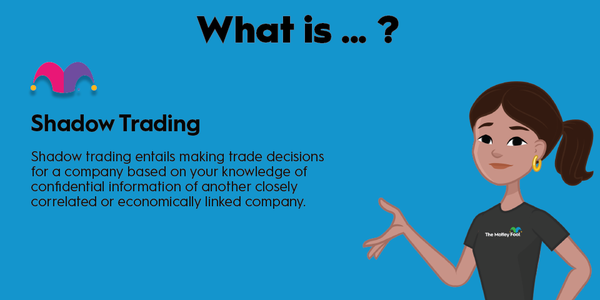Subsidies get a lot of attention in public policy and economics. You might often hear about certain needs or products being subsidized, such as housing, education, healthcare, or even transportation. But what exactly is a subsidy? Keep reading to learn more about this key concept in markets, how they work, the pros and cons, and some examples of subsidies.

What is it?
What is a subsidy?
A subsidy refers to payments made by local, state, or federal governments as a form of assistance to individuals who might be unable to afford a necessity or as an incentive to induce certain desirable behaviors in people or organizations.
Subsidies can distort markets and create different incentives. Still, they're a powerful tool for government and a way to alleviate some of the most intractable problems in society, such as poverty and homelessness.
How they work
How do subsidies work?
There are many kinds of subsidies, and they happen at almost every level of government. Governments typically set aside a certain amount of money in the form of grants or direct transfers for programs they want to help fund.
For example, the government often gives housing vouchers to help pay for housing, or it may subsidize school lunches so children from certain families don't have to worry about paying for lunch. However, subsidies aren't given only to individuals or those in need.
Some industries receive considerable subsidies from the government, too. For example, agricultural subsidies are common to help farmers stay in business. If a business is a vital interest, it is much more likely to be subsidized. Another industry the federal government now subsidizes is semiconductor manufacturing to ensure the country has an adequate supply of chips in case of geopolitical disruption.
Pros and cons
What are the pros and cons of subsidies?
Like other government policies, some subsidies are controversial. Some opponents argue that they are unnecessary, distort the free market, and can incentivize people to stay out of the workforce. Subsidies do cost taxpayer dollars, which is one drawback.
Some of the advantages are that they create economic value (arguably more than they cost), can prevent economic hardship in the form of homelessness, poverty, or medical problems, and can create a safety net that allows businesses and individuals to save on certain costs and focus on other priorities.
Each subsidy comes with a different set of pros and cons, depending on which constituency they serve, their end goal, and their cost.
An example
What's an example of a subsidy?
One example of a subsidy garnering a lot of attention these days is the tax credit for electric vehicle purchases that offers up to $7,500. The federal government created the subsidy to incentivize buying electric vehicles, which don't depend on oil and are better for the environment. The EV subsidy, however, has its critics.
Related investing topics
Some opponents argue that the tax credit mostly goes to wealthier Americans who are already buying more expensive cars and don't need the savings. Others argue that they distort the auto market by disincentivizing the purchase of used EVs or sensible gas-powered vehicles.
Subsidies are usually up for debate since there is no perfect answer for their size and scope. That's part of the reason they differ from state to state and tend to change over time. Although it's hard to influence them directly as an individual, political leaders and groups can -- and often do -- change subsidies and make new ones.







































































































